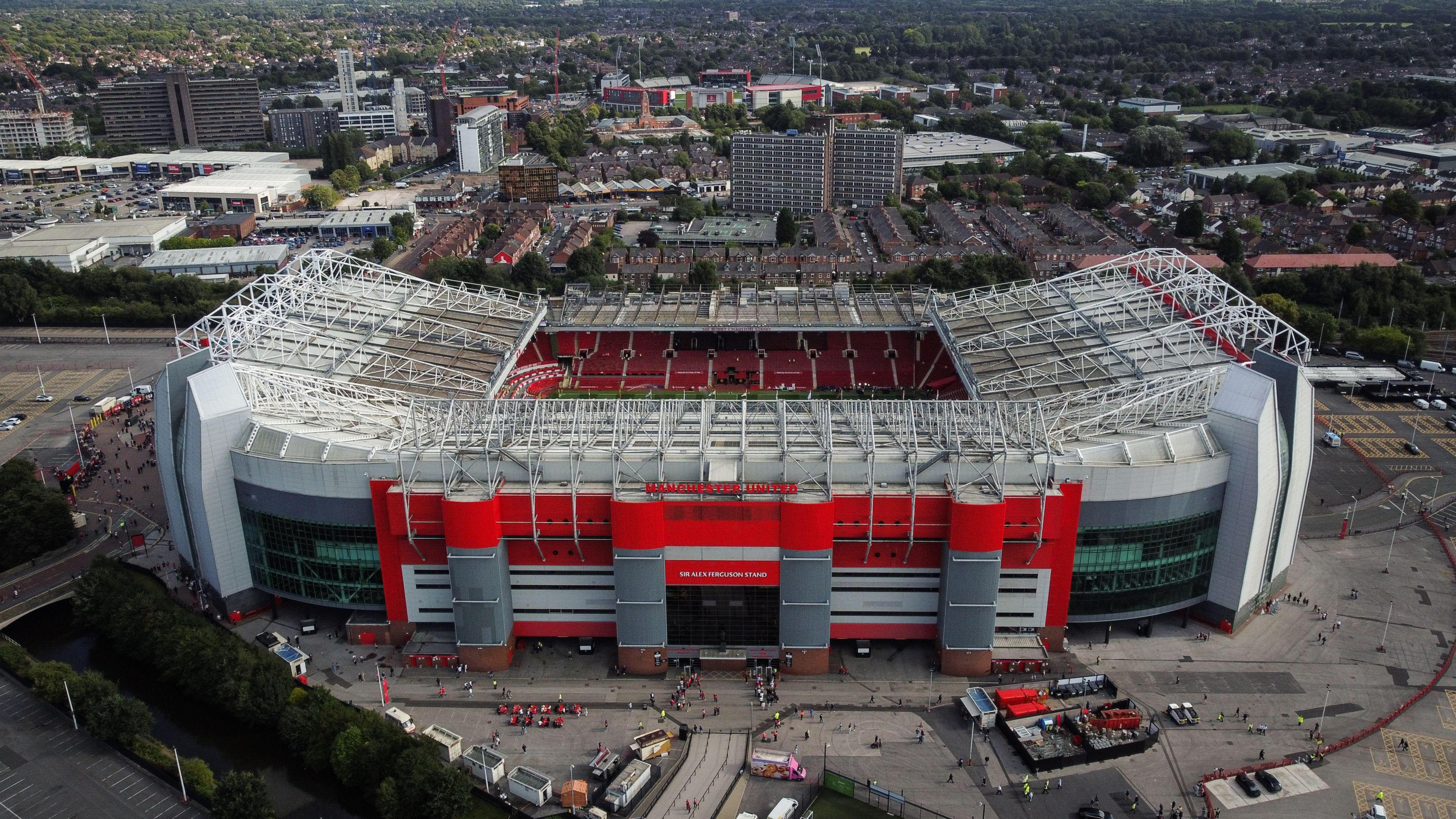New Man Utd stadium could bring £7bn boost - report
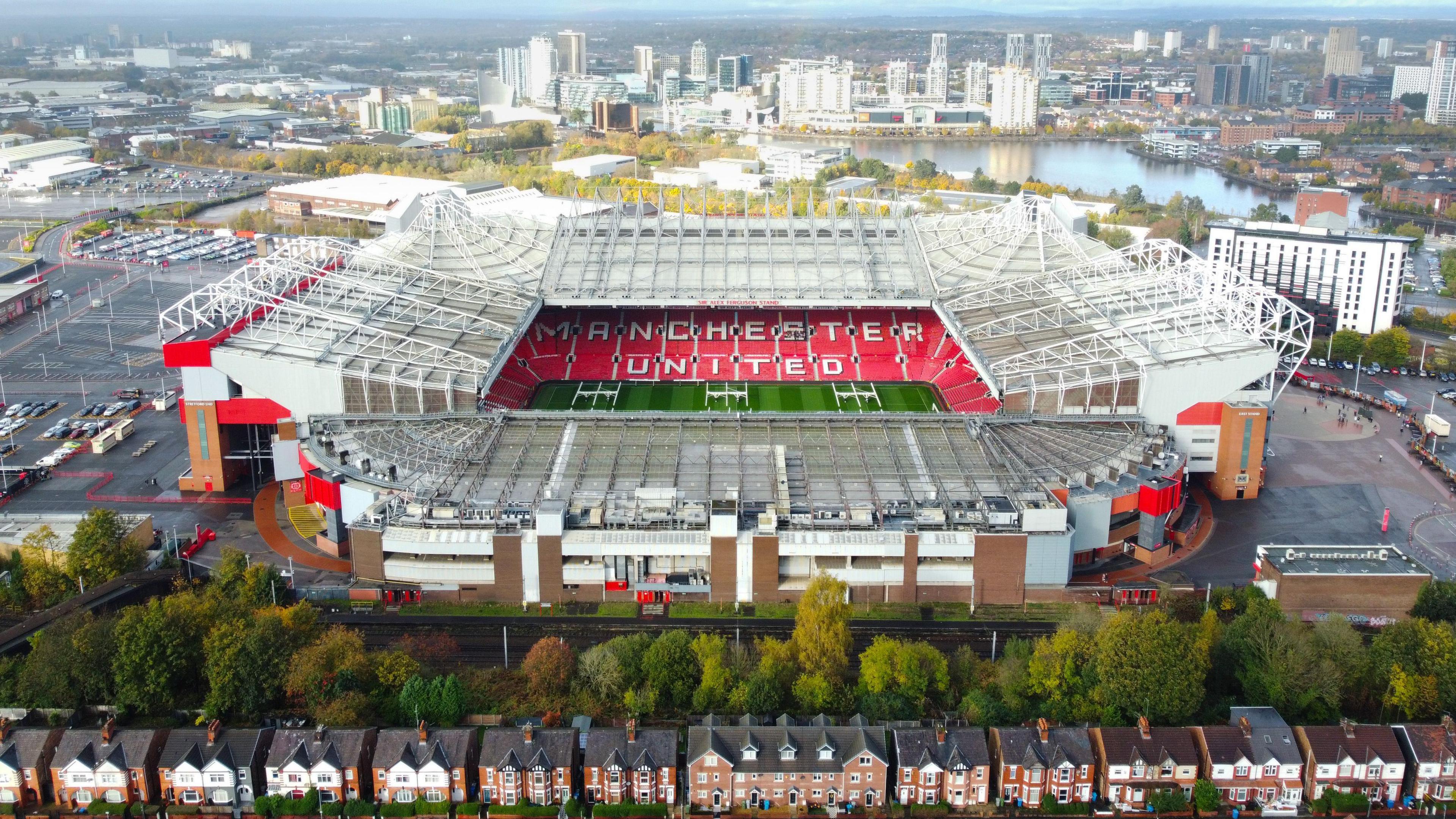
A report found replacing the stadium as part of a wider regeneration project could create 90,000 jobs
- Published
Replacing Old Trafford with a new 100,000-seater Manchester United stadium and regenerating the surrounding area could bring £7bn to the UK economy, it has been claimed.
A task force chaired by Lord Sebastian Coe looking into options for either a new or redeveloped stadium has released the figures as part of a feasibility study.
It found the option to renovate Old Trafford could see its capacity increase to 87,000, with the club set to decide on its preferred approach by the summer.
Lord Coe said the plans would act as a catalyst for "one of the biggest regeneration projects ever undertaken in the UK".
The report outlining the options has been submitted to Manchester United, Greater Manchester Combined Authority and Trafford Borough Council.
Initial findings in the report suggest a new ground would lead to "an extra £7.3bn gross value added to the UK economy and more than 90,000 employment opportunities", a spokesperson said.
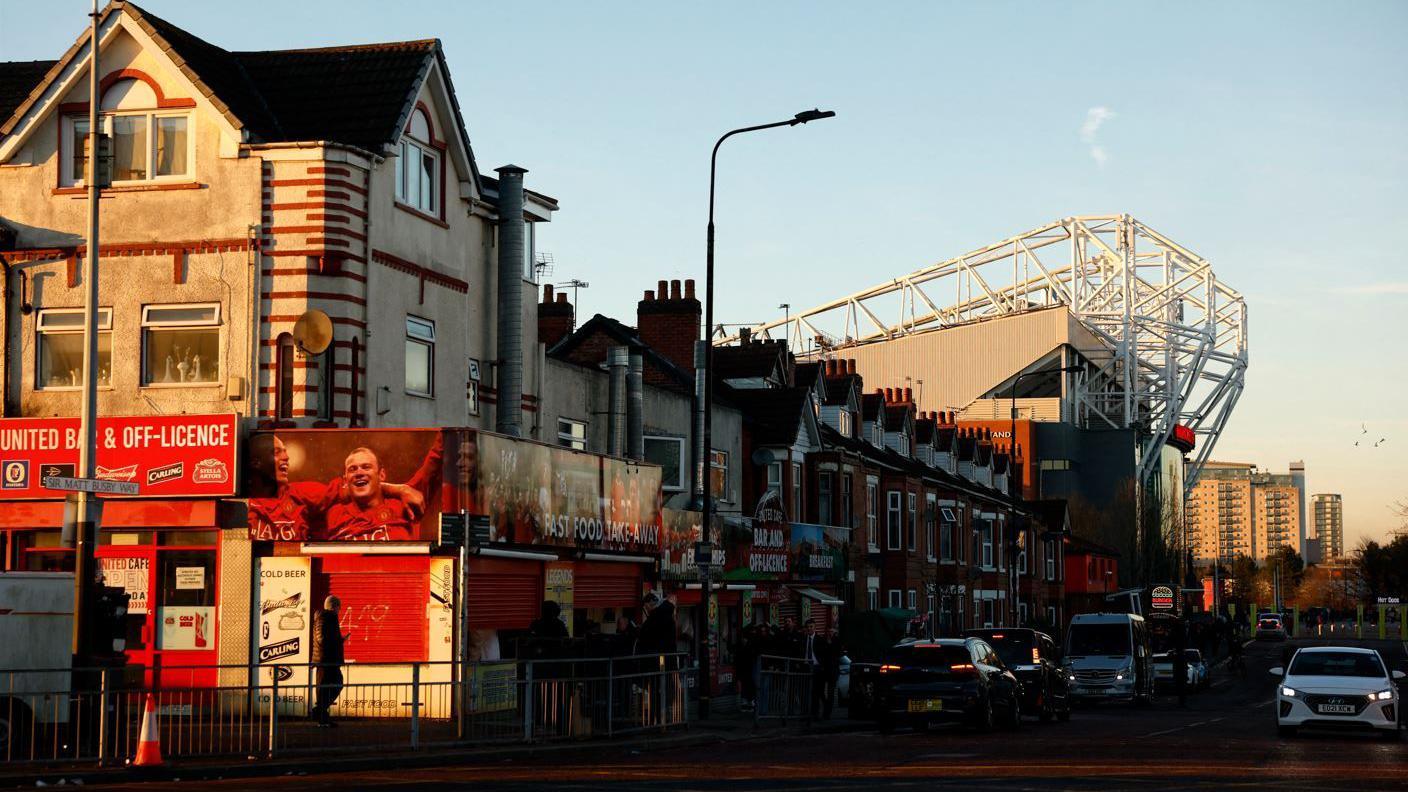
One option includes expanding Old Trafford to a 87,000-seat ground
Part of the feasibility study included a survey of more than 50,000 Man Utd season ticket-holders, members, and executive club members which found more than half favoured a new stadium.
Greater Manchester Mayor Andy Burnham said he planned to set up a new body to help drive forward the project before the stadium decision is made.
A Mayoral Development Corporation (MDC) is a statutory body that has powers including compulsory purchase.
Mr Burnham told BBC Radio Manchester this would ensure space around Old Trafford could be cleared to "maximise the club's options".
"It's all about removing the freight terminals, and the freight that comes through Manchester city centre right behind Old Trafford.
"It's not going to be just United supporters, every rail passengers in the north west will benefit from removal of that freight from our city centre."
Trafford councillor Liz Patel said the wider regeneration of the area was a "long-term plan that will take years to bear fruit".
The council's plan to redevelop the area includes a target of building 5,000 new homes.
Analysis: Simon Stone, BBC Sport
If Manchester United stay at Old Trafford the new capacity will be 87,000 - more than the current 76,000 but significantly less than the 100,000-capacity new-build proposal.
Whatever the club decides, it will be expensive.
Doing nothing is not viewed as viable, though.
Redevelopment may include partial stadium closures and, unlike Tottenham who had Wembley as an option, there is no obvious relocation option if they get to a point where games and building work cannot take place simultaneously.
The more expensive new stadium option would be a cleaner way forward and games can be played in the current stadium until the new one is ready, which would be a few years away.
We will definitely know the answer by the middle of 2025, but there is a possibility Sir Jim Ratcliffe will make his mind up before then.
Get in touch
Tell us which stories we should cover in Greater Manchester
Listen to the best of BBC Radio Manchester on Sounds and follow BBC Manchester on Facebook, external, X, external, and Instagram, external and watch BBC North West Tonight on BBC iPlayer.
Related topics
- Attribution
- Published17 December 2024
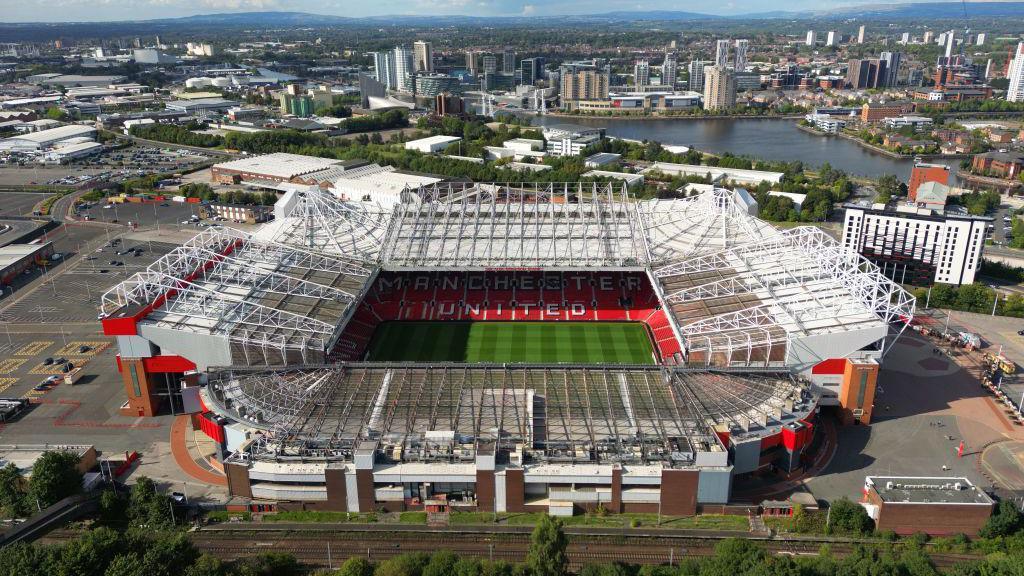
- Attribution
- Published19 December 2024
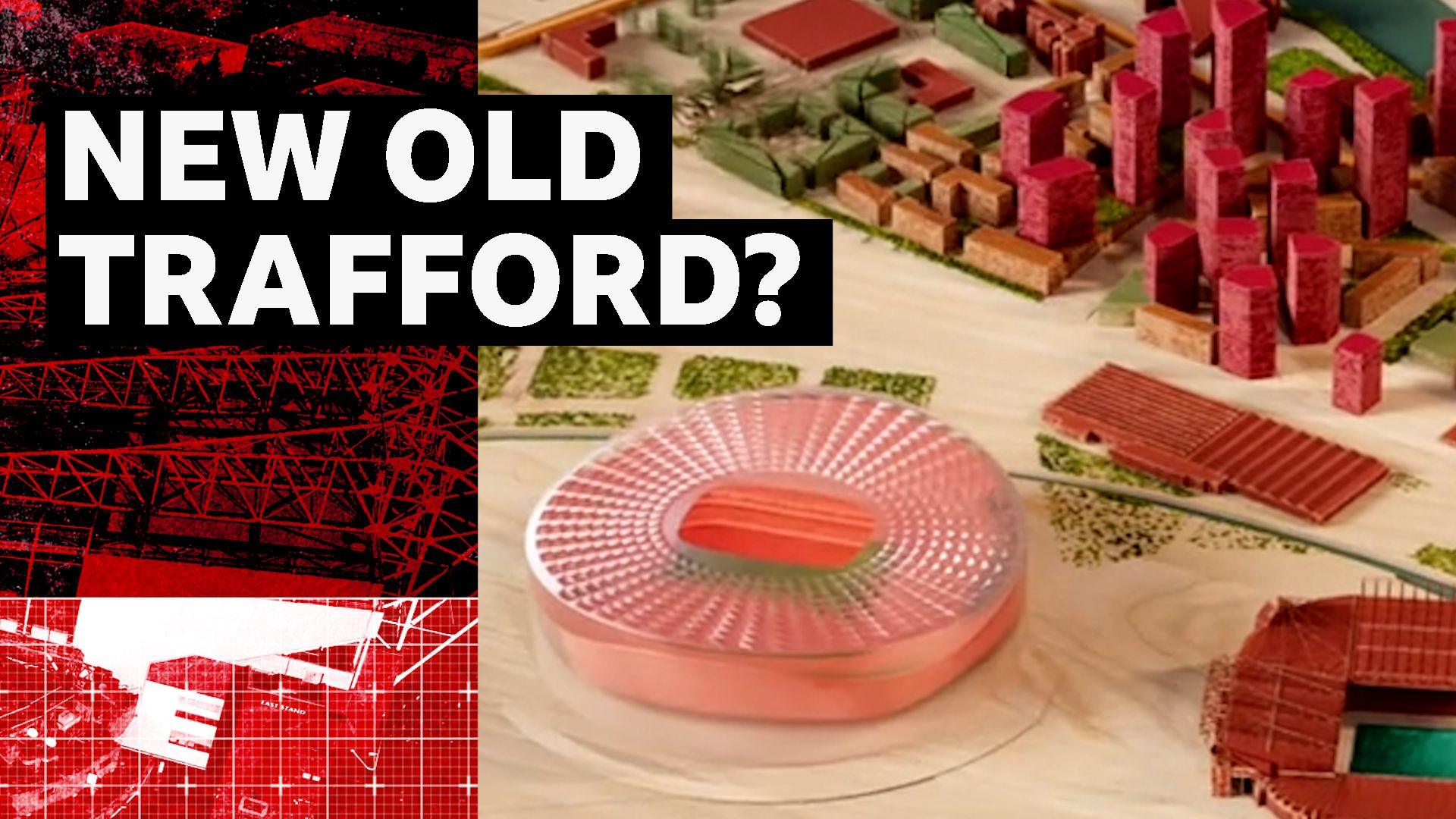
- Published5 November 2024
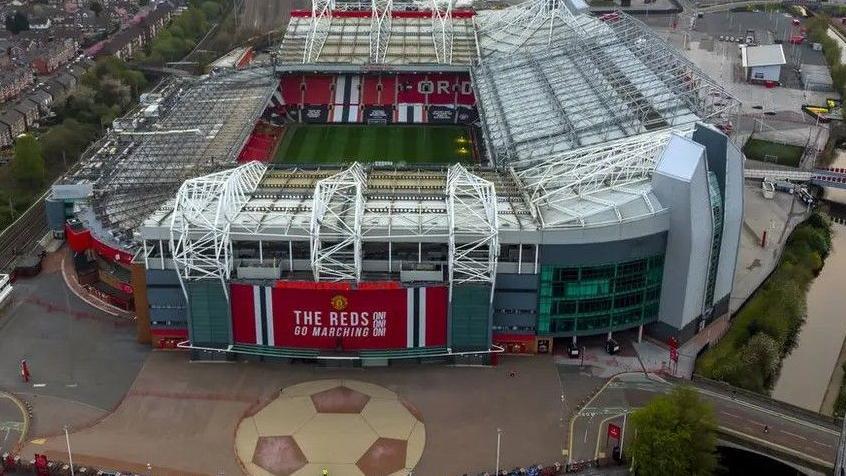
- Published9 September 2024
